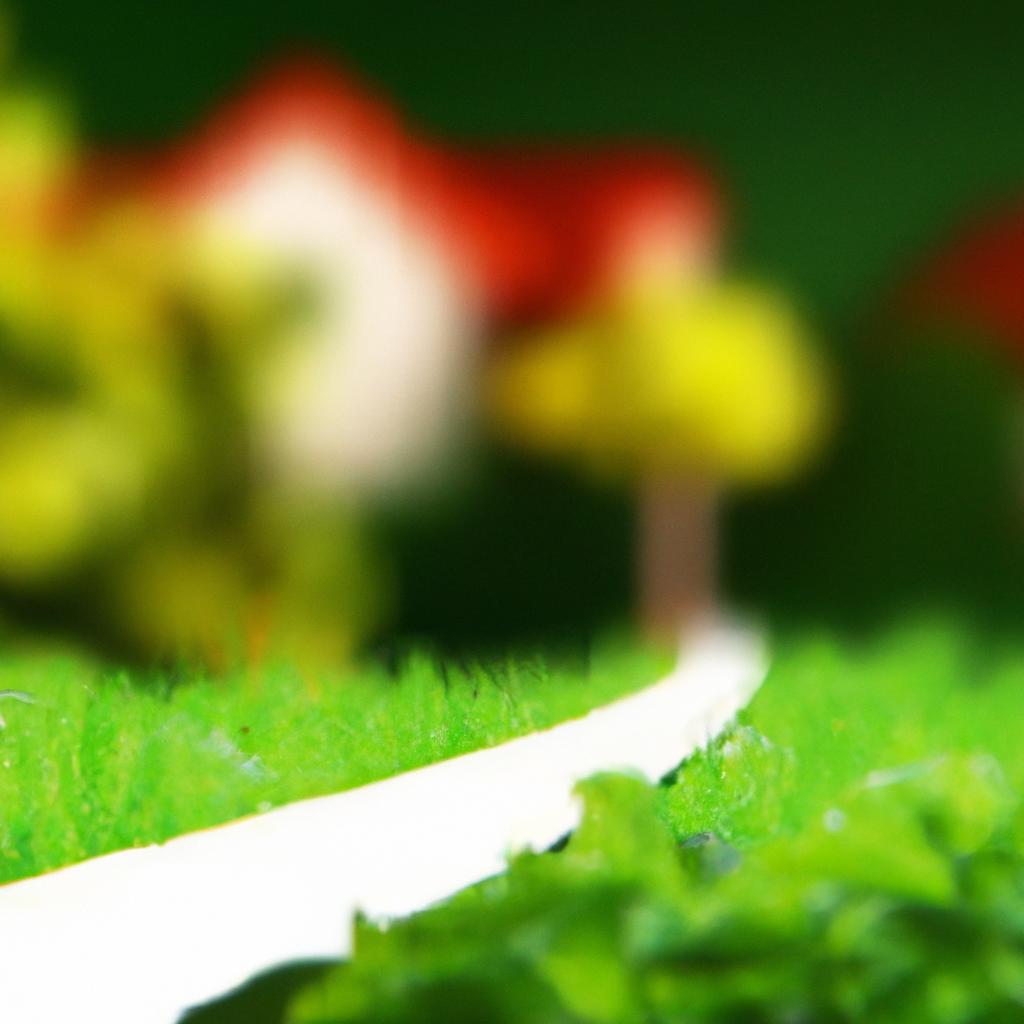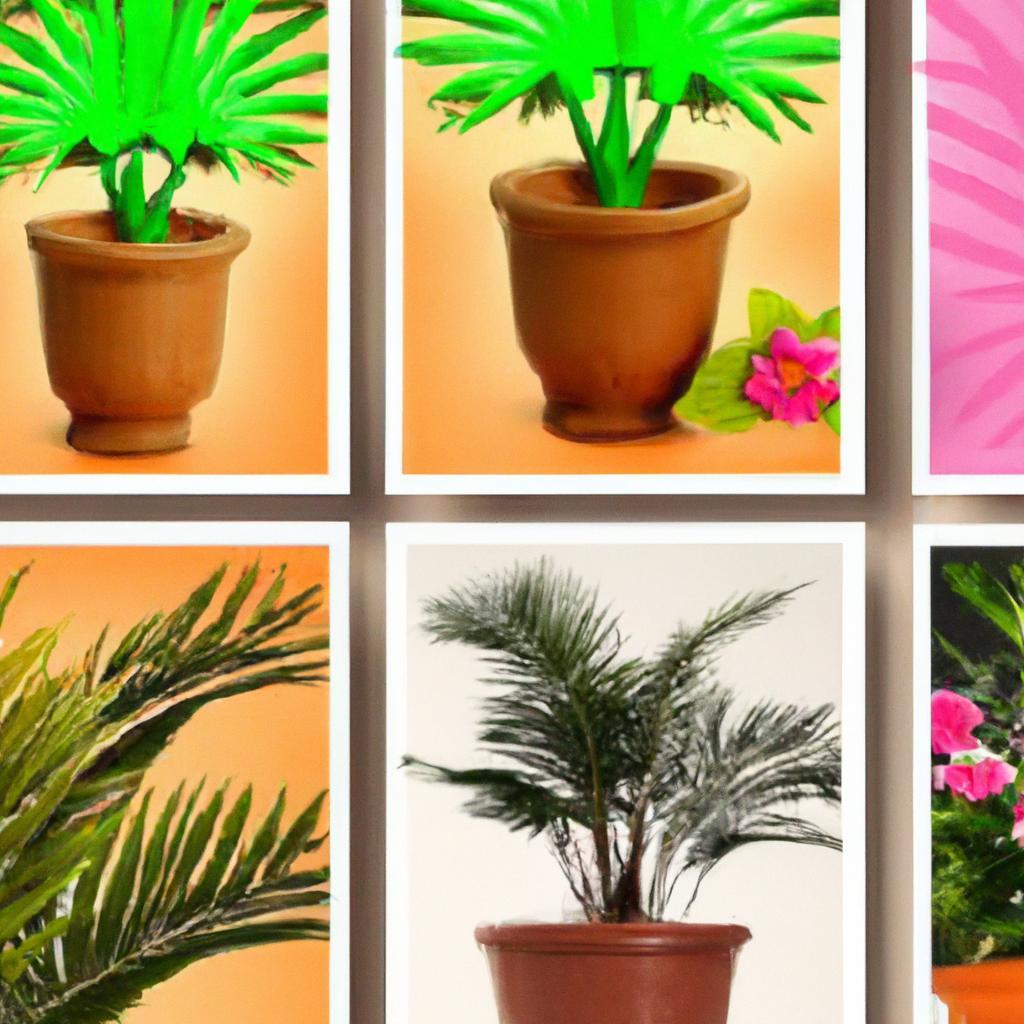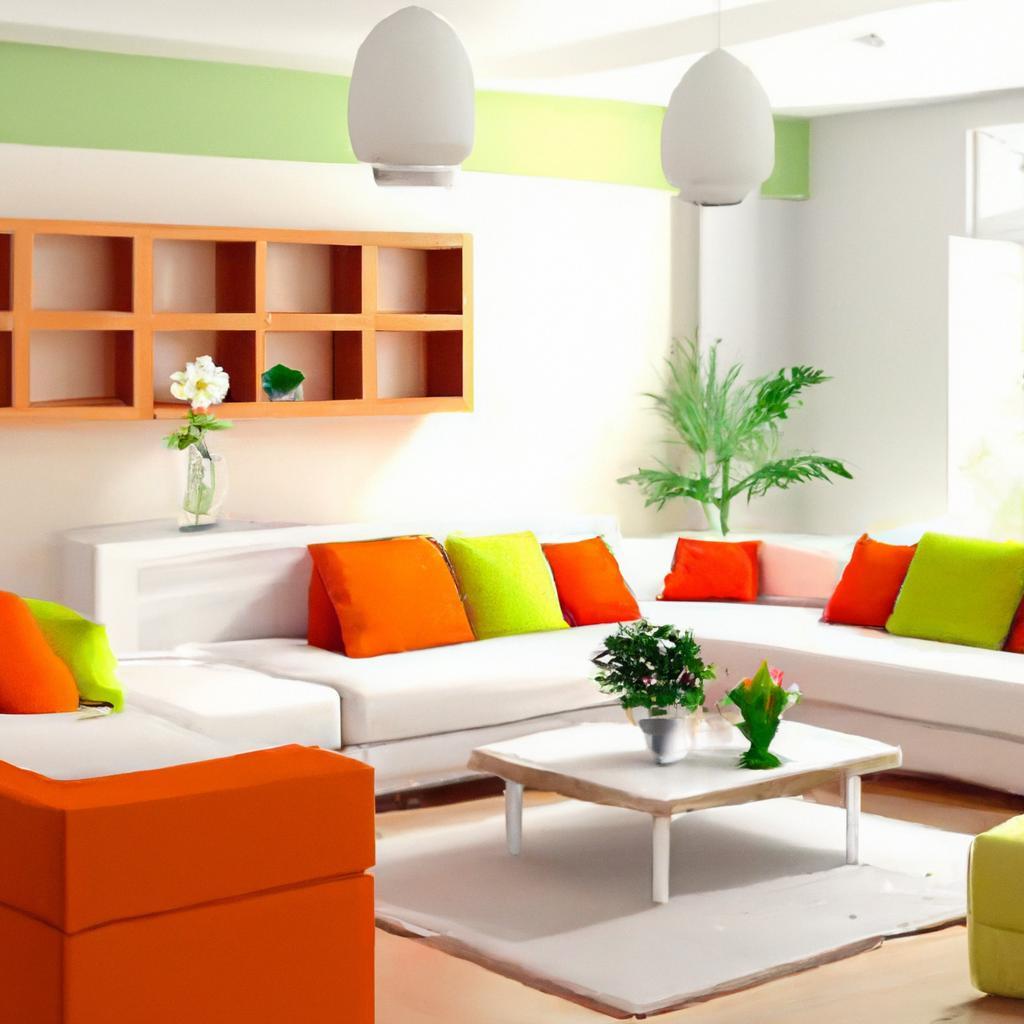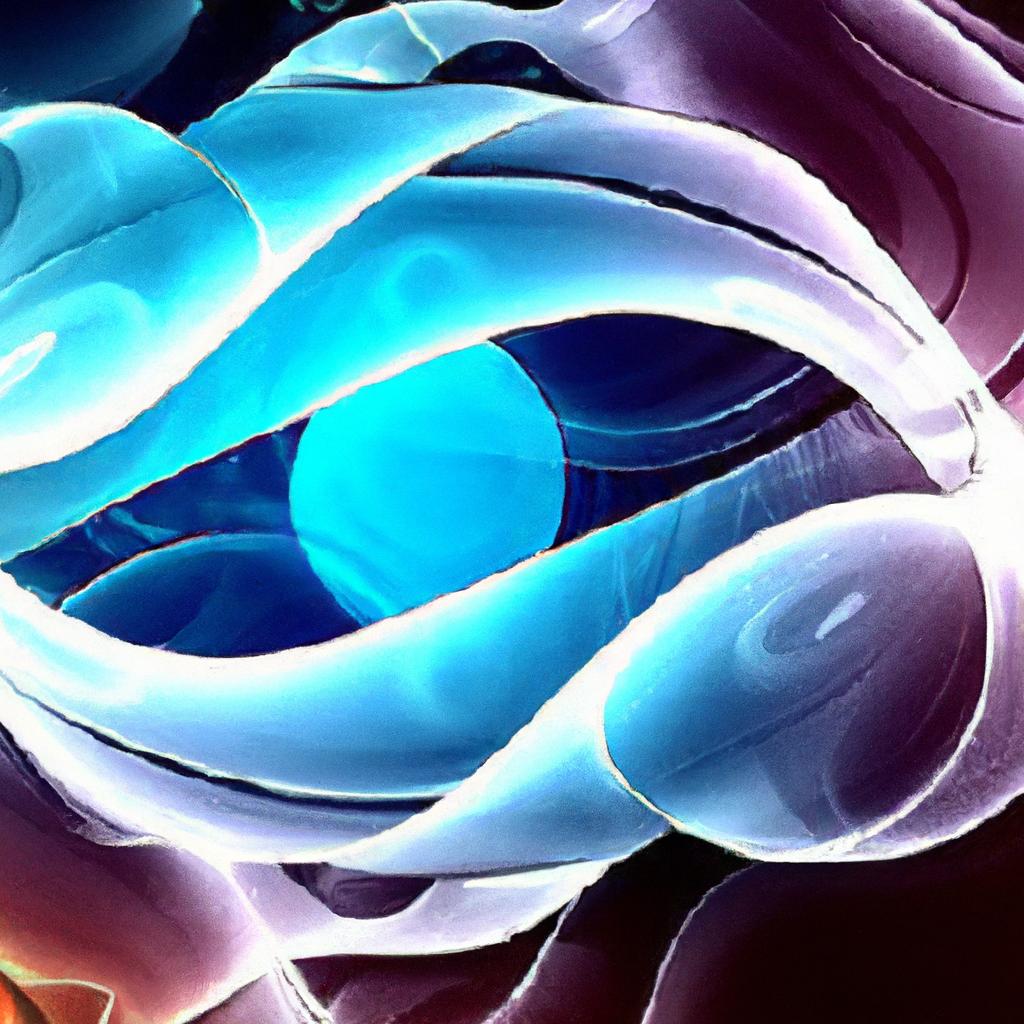With the growing concern over climate change and environmental degradation, many individuals are looking to make their homes more sustainable and eco-friendly. From reducing energy consumption to utilizing recycled materials, there are numerous ways to adopt sustainable practices in home design. In this article, we will explore some innovative and practical ideas for creating an eco-friendly home that not only helps the planet, but also enhances your living space.
Table of Contents
- Eco-Friendly Home Design: The Importance of Sustainable Materials
- Eco-Friendly Home Design: Energy-Efficient Practices for a Greener Home
- Eco-Friendly Home Design: Water Conservation Strategies and Eco-Friendly Fixtures
- Eco-Friendly Home Design: Incorporating Indoor Plants for Improved Air Quality
- Q&A
- In Summary
Eco-Friendly Home Design: The Importance of Sustainable Materials
When it comes to creating an eco-friendly home design, the use of sustainable materials is essential. By incorporating sustainable practices into your home, you can reduce your carbon footprint and contribute to a greener future. One of the most important aspects of eco-friendly home design is the materials used in construction. Opting for materials that are renewable, recyclable, and non-toxic is key to creating a sustainable living space.
- Bamboo: Bamboo is a fast-growing, renewable resource that is durable and versatile, making it an excellent choice for flooring, furniture, and accessories.
- Reclaimed Wood: Using reclaimed wood not only adds character to your home but also helps to reduce deforestation by giving new life to old materials.
- Recycled Glass: Incorporating recycled glass into your home design, such as countertops or tiles, reduces waste and conserves energy compared to producing new glass.
Another important aspect of sustainable home design is energy efficiency. Investing in energy-saving appliances, LED lighting, and proper insulation can significantly reduce energy consumption and lower utility bills. Consider installing solar panels to harness the power of the sun and further reduce your carbon footprint. By making conscious choices in the materials and systems used in your home, you can create a space that is not only stylish and comfortable but also environmentally responsible.
| Material | Benefits |
|---|---|
| Bamboo | Renewable, durable, versatile |
| Reclaimed Wood | Character, reduces deforestation |
| Recycled Glass | Reduces waste, energy conservation |
Eco-Friendly Home Design: Energy-Efficient Practices for a Greener Home
One key aspect of sustainable home design is incorporating energy-efficient practices that help reduce the environmental impact of your living space. By making simple changes to your home, you can decrease energy consumption, lower utility bills, and create a more eco-friendly living environment. One effective way to achieve this is by installing LED lighting throughout your home. LEDs use significantly less energy than traditional incandescent bulbs, and they last much longer, reducing the need for frequent replacements. Additionally, consider installing smart thermostats that can adjust the temperature based on your schedule, saving energy when you’re not at home.
Another sustainable practice to adopt in your home design is to invest in energy-efficient appliances. Look for appliances with high Energy Star ratings, which indicate that they meet strict energy efficiency guidelines set by the Environmental Protection Agency. By choosing Energy Star appliances, you can significantly reduce your home’s energy consumption and lower your carbon footprint. Additionally, consider incorporating renewable energy sources, such as solar panels, into your home design. Solar panels can help offset your energy usage and reduce reliance on non-renewable energy sources. Making these changes to your home design can help create a greener, more sustainable living space for you and your family.
Eco-Friendly Home Design: Water Conservation Strategies and Eco-Friendly Fixtures
Looking to create a more eco-friendly home design? One of the key areas to focus on is water conservation. By implementing sustainable practices and utilizing eco-friendly fixtures, you can significantly reduce your water usage and environmental impact. Here are some strategies to consider:
- Install low-flow fixtures: Replace old faucets and showerheads with low-flow options to reduce water waste.
- Harvest rainwater: Set up a rainwater harvesting system to collect water for outdoor use, such as watering plants or washing your car.
- Fix leaks promptly: Regularly check for and repair any leaks in your plumbing to prevent water wastage.
By incorporating these water conservation strategies into your home design, you can not only reduce your water bill but also contribute to a more sustainable future. From small changes like installing low-flow fixtures to larger projects like rainwater harvesting, every effort counts towards creating a more eco-friendly living space.
Eco-Friendly Home Design: Incorporating Indoor Plants for Improved Air Quality
One of the key sustainable practices to adopt in eco-friendly home design is incorporating indoor plants to improve air quality. Not only do plants add a touch of greenery and beauty to your living space, but they also have numerous benefits for your health and well-being. Indoor plants help to purify the air by absorbing toxins and releasing oxygen, creating a healthier indoor environment for you and your family.
There are many types of indoor plants that are easy to care for and can thrive in various indoor conditions. Some of the best plants for improving air quality include:
- Spider Plant: Known for its air-purifying qualities and easy maintenance.
- Snake Plant: Requires minimal watering and filters out toxins like formaldehyde.
- Peace Lily: Helps to remove mold spores and purify the air.
Q&A
Q: Why is eco-friendly home design important?
A: Eco-friendly home design is important because it helps reduce the environmental impact of our living spaces and promotes a more sustainable lifestyle.
Q: What are some sustainable practices to adopt in eco-friendly home design?
A: Some sustainable practices to adopt in eco-friendly home design include using energy-efficient appliances, installing solar panels, incorporating natural and recycled materials, and implementing water-saving fixtures.
Q: How can eco-friendly home design save money in the long run?
A: Eco-friendly home design can save money in the long run by reducing energy and water consumption, lowering utility bills, and increasing the resale value of the property.
Q: What are some common misconceptions about eco-friendly home design?
A: Some common misconceptions about eco-friendly home design include the belief that it is expensive, impractical, or not aesthetically pleasing. In reality, eco-friendly design can be affordable, stylish, and highly functional.
Q: How can individuals incorporate eco-friendly practices into their existing homes?
A: Individuals can incorporate eco-friendly practices into their existing homes by making simple changes such as switching to energy-efficient light bulbs, using programmable thermostats, and reducing waste through recycling and composting.
Q: What role do architects and designers play in promoting eco-friendly home design?
A: Architects and designers play a crucial role in promoting eco-friendly home design by incorporating sustainable principles into their projects, educating clients about the benefits of eco-friendly design, and staying updated on the latest green building technologies and practices.
In Summary
As we wrap up our exploration of eco-friendly home design and sustainable practices to adopt, it’s clear that making small changes can have a big impact on the environment. From choosing energy-efficient appliances to incorporating natural materials into your space, there are a myriad of ways to create a more sustainable home. By taking steps to reduce your carbon footprint and live more harmoniously with the planet, you can not only improve the health of our environment, but also enhance the health and well-being of your family. Let’s continue to be mindful of our choices and strive towards a more sustainable future for all.





